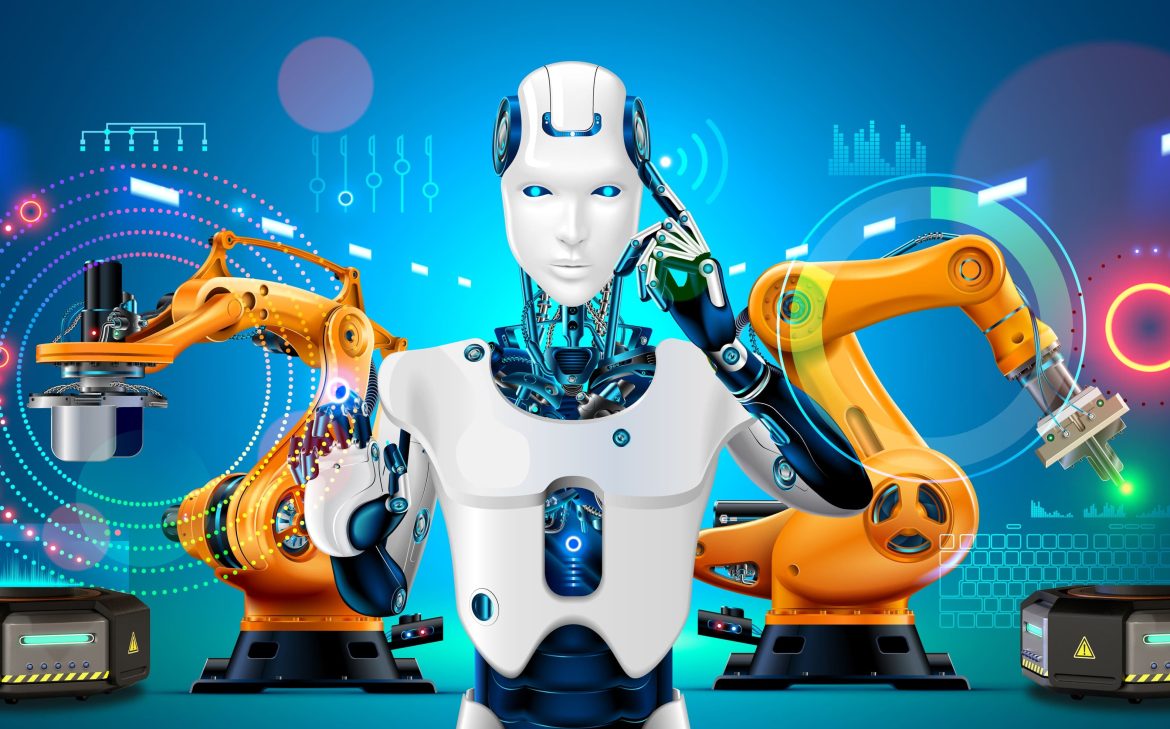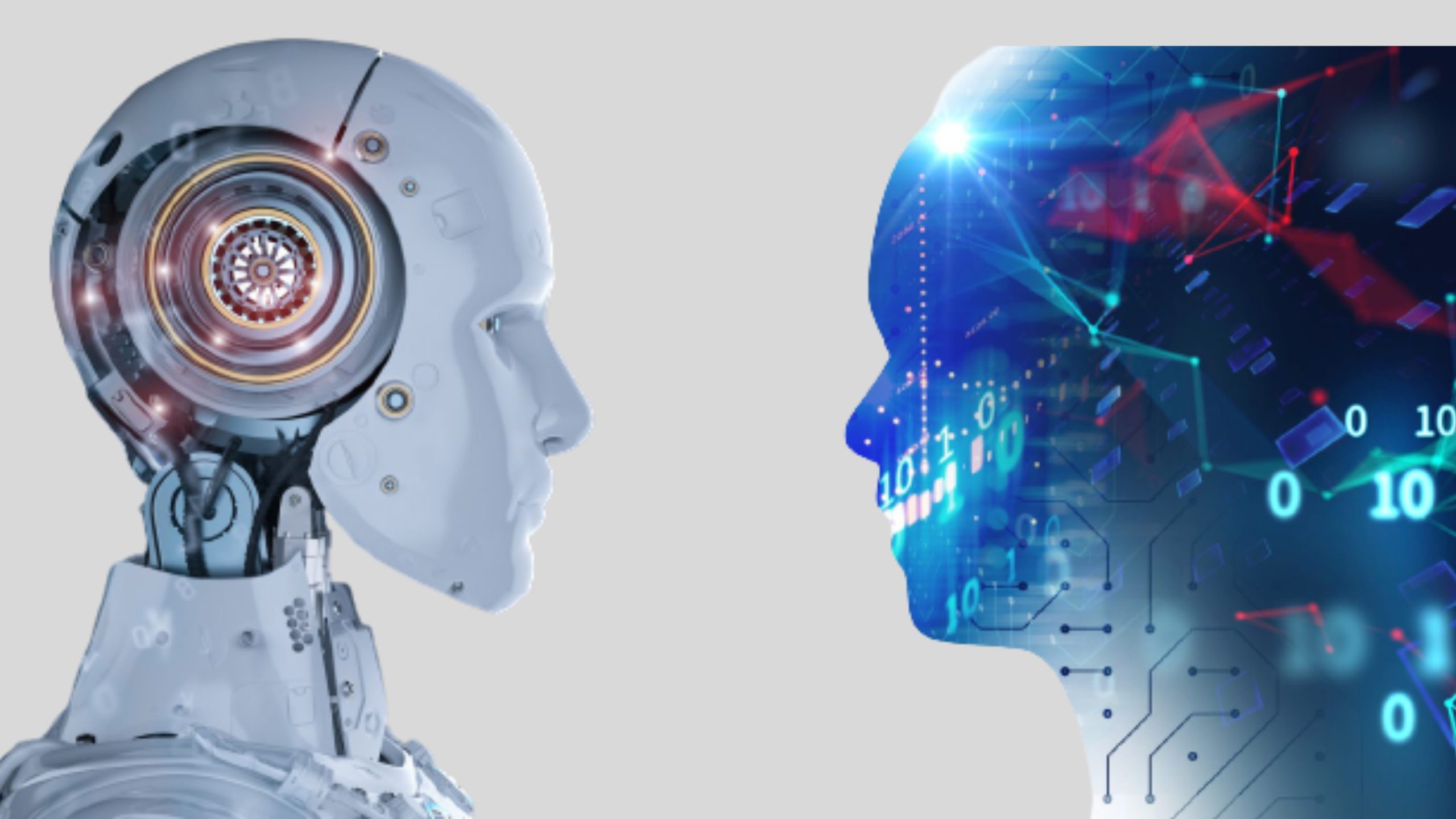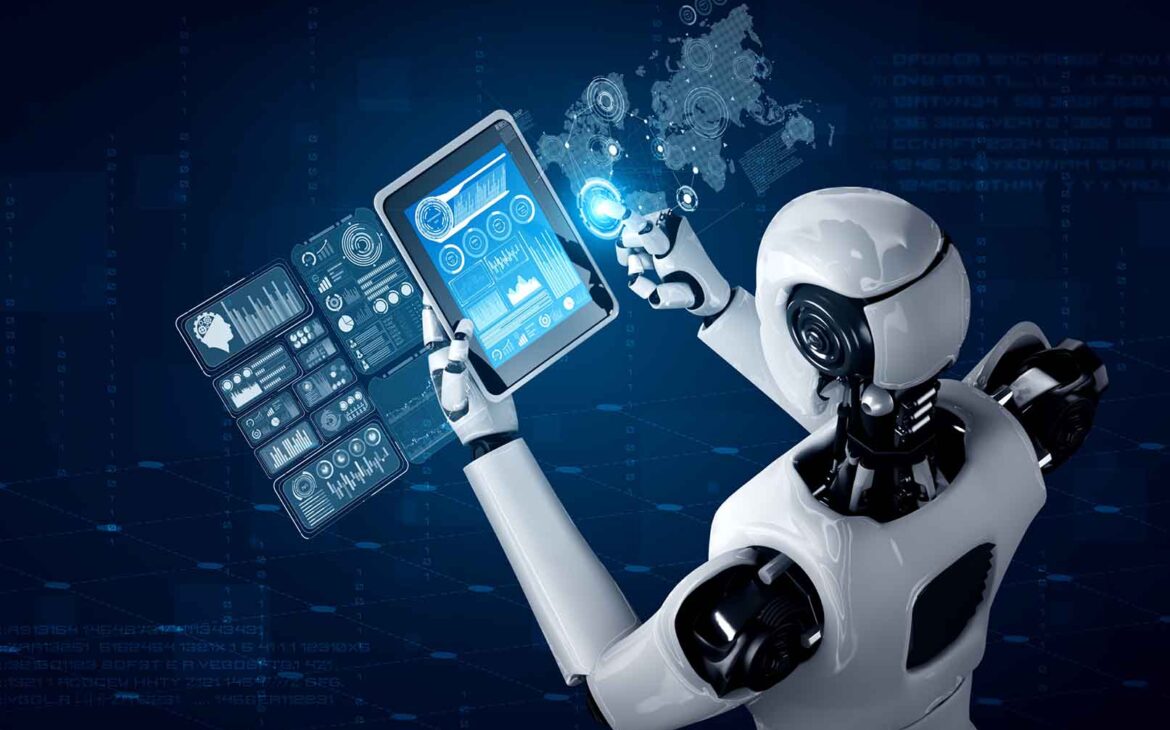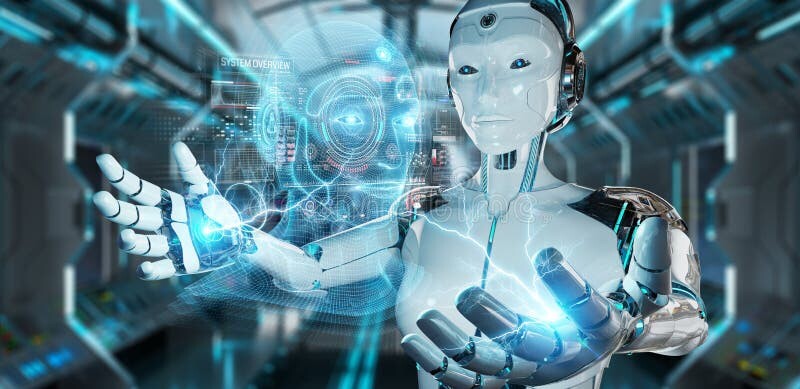Artificial Intelligence (AI) and Robotics are transforming industries by introducing automation, precision, and intelligence into everyday processes. Understanding how to use AI and robotics effectively can help businesses and individuals unlock new levels of efficiency and innovation.
What are AI and Robotics?
AI refers to the simulation of human intelligence in machines that can perform tasks like learning, problem-solving, and decision-making. Robotics involves the design, construction, and operation of robots that can carry out tasks with varying levels of autonomy.
How AI and Robotics Work Together
AI provides the “brain” that allows robots to perform complex tasks intelligently. Robots equipped with AI can sense their environment, process information, and make real-time decisions. This combination enhances their ability to adapt, learn, and handle dynamic situations.
Key Applications of AI and Robotics
Manufacturing Automation: AI-powered robots are used on production lines for tasks such as assembly, packaging, and quality inspection, improving speed and accuracy.
Healthcare Assistance: Robots integrated with AI can assist in surgeries, deliver medications, and support patient care with minimal human intervention.
Logistics and Warehousing: AI-driven robots help in sorting, transporting, and inventory management, reducing human effort and increasing operational efficiency.
Agriculture: Robotics combined with AI is used for precision farming, harvesting, soil analysis, and crop monitoring to optimize yields.
Customer Service: AI-enabled service robots can interact with customers, provide information, and handle basic support requests.
Benefits of Using AI and Robotics
The integration of AI and robotics leads to improved productivity, reduced human error, faster task execution, and the ability to operate in hazardous environments. These technologies can also work continuously without fatigue, increasing overall efficiency.
Limitations to Consider
AI and robotics require significant investment in technology, training, and infrastructure. They also raise concerns about job displacement and ethical implications regarding machine autonomy and decision-making.
Conclusion
Understanding how to use AI and robotics effectively allows businesses and individuals to harness their full potential. When combined with human oversight and strategic planning, AI and robotics can drive innovation, streamline operations, and open doors to new opportunities across industries.







Leave feedback about this